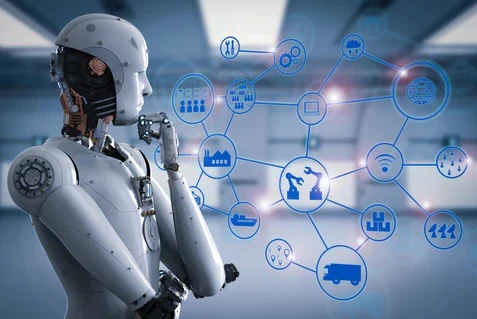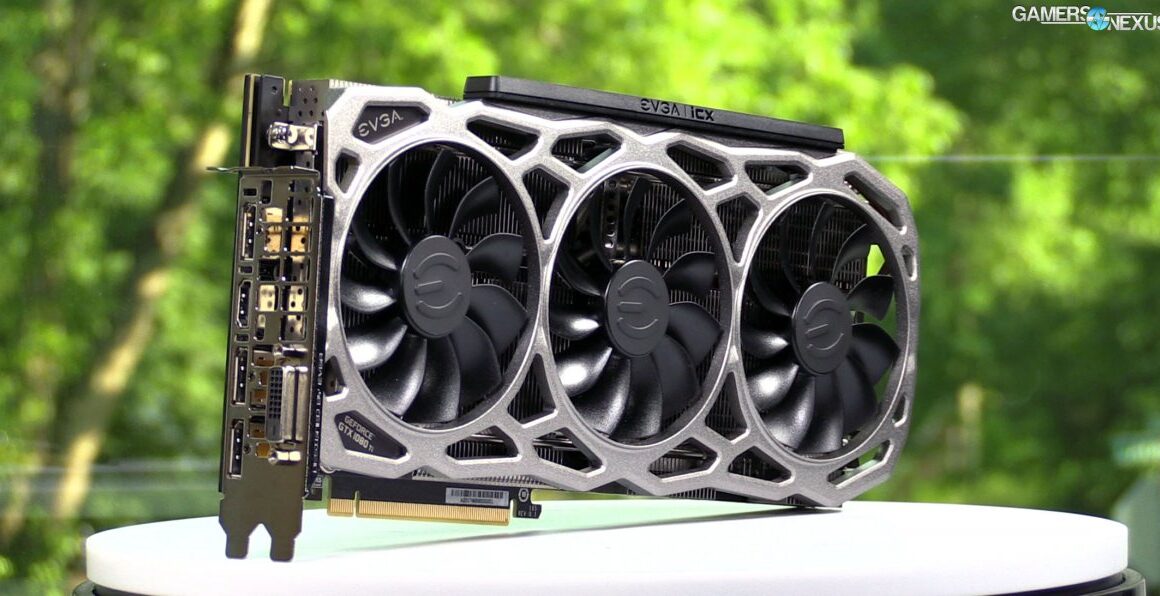Classic automation has witnessed a remarkable evolution in the tech world, revolutionizing industries and enhancing efficiency. From its humble beginnings to the advanced systems of today, the journey of classic automation is truly awe-inspiring. In this article, we will delve into the history, advancements, and impact of classic automation, highlighting its significance in modern technology-driven societies.
Table of Contents
The Origins of Classic Automation

Before diving into the evolution of classic automation, it is essential to understand its origins. Classic automation traces its roots back to the industrial revolution, where machines were introduced to streamline manual labor. The invention of the steam engine by James Watt marked a turning point in automation, paving the way for further innovations.
Early Applications of Classic Automation

In the early stages, classic automation found its application in factories and manufacturing units. Assembly lines were developed to automate repetitive tasks, increasing productivity and reducing costs. This allowed businesses to produce goods at a faster rate, catering to the growing demands of the market.
Advancements in Classic-Automation
Over time, classic automation witnessed significant advancements, driven by technological breakthroughs. The introduction of programmable logic controllers (PLCs) revolutionized the field, enabling precise control and monitoring of industrial processes. The integration of sensors, actuators, and computer systems further enhanced automation capabilities.
Classic Automation in the Digital Age
With the advent of the digital age, classic-automation underwent a paradigm shift. The emergence of computer systems and software applications paved the way for more sophisticated automation techniques. Classic-automation transcended the boundaries of industrial settings and extended its reach to various sectors, including healthcare, transportation, and even households.
The Impact of Classic-Automation

Classic-automation has had a profound impact on various aspects of society. It has transformed industries by reducing manual labor, increasing productivity, and improving product quality. The implementation of classic-automation has also led to cost savings, allowing businesses to invest in research and development, and foster innovation.
Challenges in Implementing Classic-Automation
While classic-automation offers numerous benefits, its implementation is not without challenges. Companies often face resistance from employees due to fears of job loss or a lack of technical expertise. Additionally, the initial investment required for automation systems can be substantial, posing financial barriers for smaller businesses.
Future Trends in Classic-Automation

Looking ahead, classic-automation is poised to continue its evolution. Advancements in artificial intelligence, machine learning, and robotics are reshaping the landscape of automation. The integration of smart technologies and the Internet of Things (IoT) will enable interconnected systems, leading to more efficient and autonomous processes.
Ethical Considerations in Classic-Automation
As classic-automation becomes increasingly sophisticated, ethical considerations come to the forefront. Questions surrounding privacy, data security, and the impact on the workforce must be addressed. It is crucial to strike a balance between automation and human involvement, ensuring that technology serves as a tool rather than a replacement.
Conclusion
Classic-automation has come a long way since its inception, evolving into a transformative force in the tech world. From its origins in the industrial revolution to its integration with modern digital technologies, automation has shaped industries and societies. As we move forward, it is imperative to embrace the opportunities presented by classic-automation while addressing the challenges and ethical concerns associated with its implementation. By doing so, we can unlock the full potential of automation and create a future where humans and technology coexist harmoniously.
Learn about: Unleash the Power of Gaming with NVIDIA GeForce GTX 1080 Ti – Dominate the Virtual World












